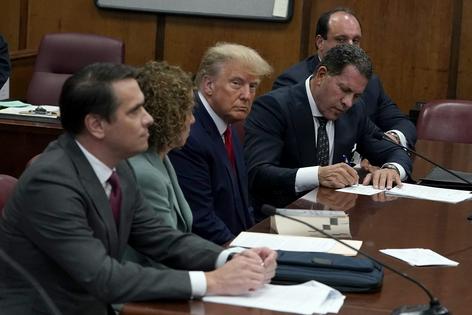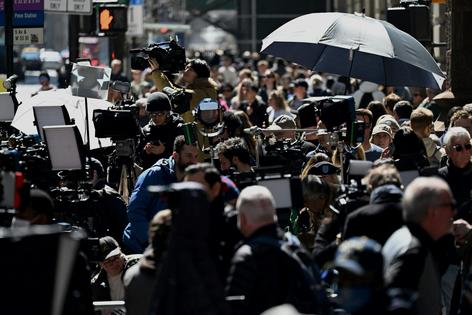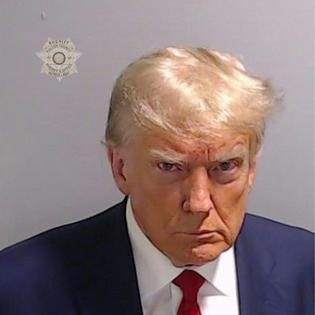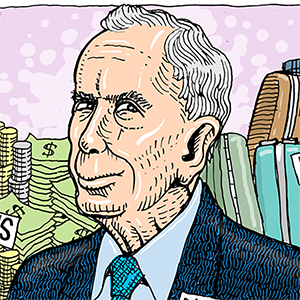Trump’s New York felony charges are going to trial – what the images might show when the business fraud case kicks off
Published in Political News
When former President Donald Trump soon returns to court in New York City, there are likely to be few visual surprises. Trump’s hush-money trial before New York Judge Juan Merchan is scheduled to start with jury selection on April 15, 2024.
Monday’s scene will likely echo the one from 2023, when Trump walked past cameras into a courthouse in order to appear for his arrest on 34 felony charges for allegedly committing business fraud and paying porn star Stormy Daniels money to remain quiet about her claims of their sexual encounter. As historic as the moment was, the visuals were rather bland.
Still photos from inside the courtroom will capture the scene silently, so even if the former president speaks out of turn, as he occasionally does in court, outside viewers will not hear the audio. New York courts allow cameras into criminal proceedings, but journalists must get permission to be there, and judges will impose different rules on a case-by-case basis.
Dozens of news photographers will be posted inside and outside the courthouse, working within strict guidelines about where they can stand and when. Yet the courtroom scene is not likely to be the sort of media free-for-all shown in movies and TV shows. Judges and news organizations may work for weeks or months to ensure that court operations run smoothly during spectacular cases.
I have studied the way visual journalists cover criminal justice for 20 years. All this preplanning tends to yield pretty matter-of-fact imagery, but three things will be worth looking for in the visual coverage of Trump’s appearance: surprises, body language and symbolic juxtapositions.
Surprises will be hard to come by. True, the former president likes to play to the cameras when he can, but he faces legal challenges on multiple fronts, and so far, he has been compelled to maintain a civil demeanor when being photographed in court.
Even in the most camera-friendly jurisdictions, such as New York and Florida, photojournalists are subject to strict rules about placement and procedure. My research for my 2021 book, “Seeing Justice,” found that media and the court system often work together to balance the public’s interest in a case with a need to maintain order.
In fact, arrangements for major cases can mimic the plans for major league sporting events. During the 2013 George Zimmerman trial for the murder of Black teenager Trayvon Martin in central Florida, for example, court representatives met with local TV engineers to determine where news vans could park. Cameras were set up inside the courtroom, and an overflow room was arranged so the journalists who didn’t have access to the courtroom could still watch the proceedings.
During Trump’s upcoming trial, viewers will be watching for cues from his body language, particularly his facial expressions. Often visual coverage for a criminal court case lets the audience know what the accused looks like, but most viewers are well-acquainted with the former president’s appearance. Instead, people will be watching for clues about his mood.
Will the former president look angry, as he has during previous court appearances? Will he look solemn? Nervous?
...continued













Comments